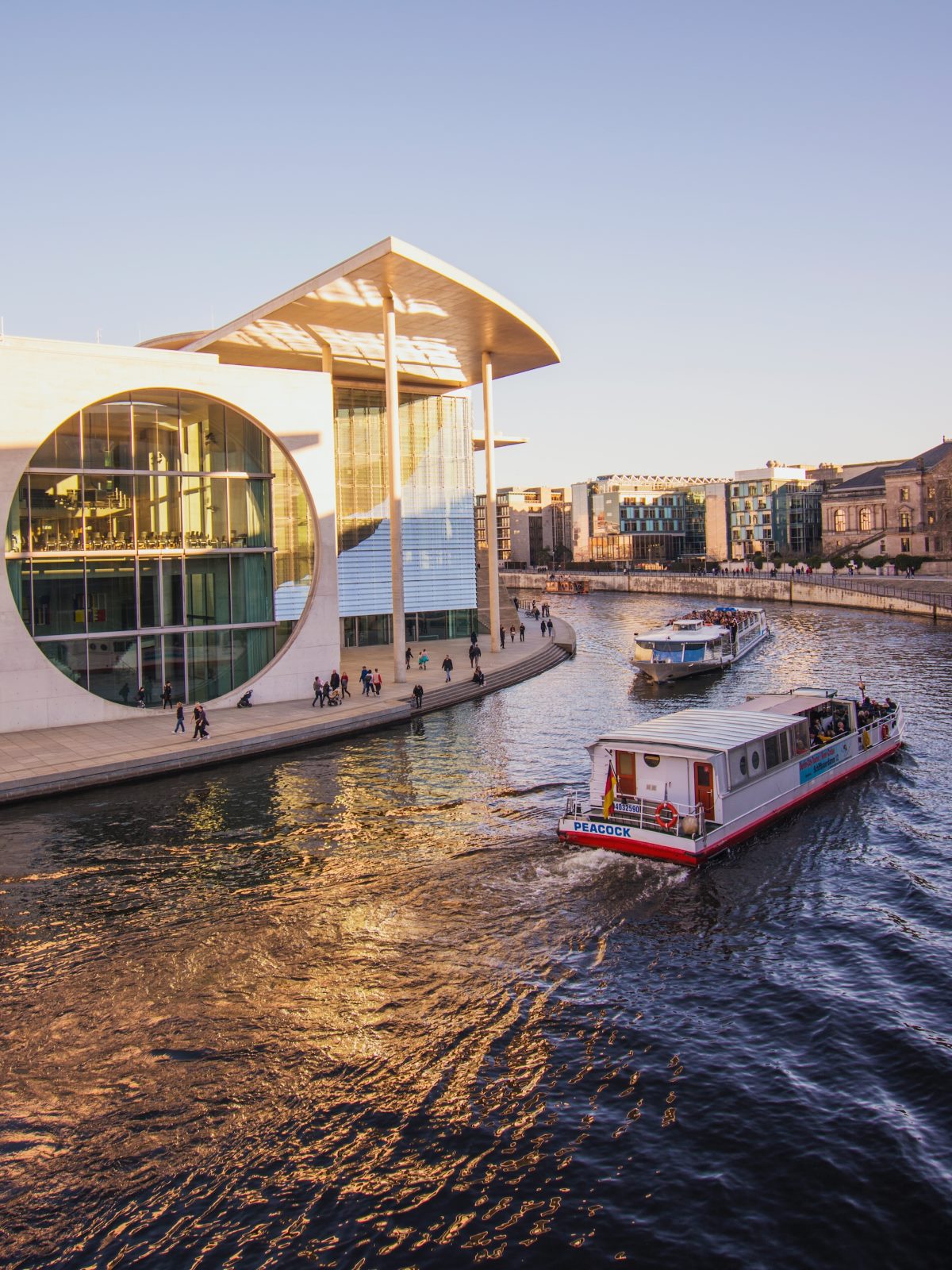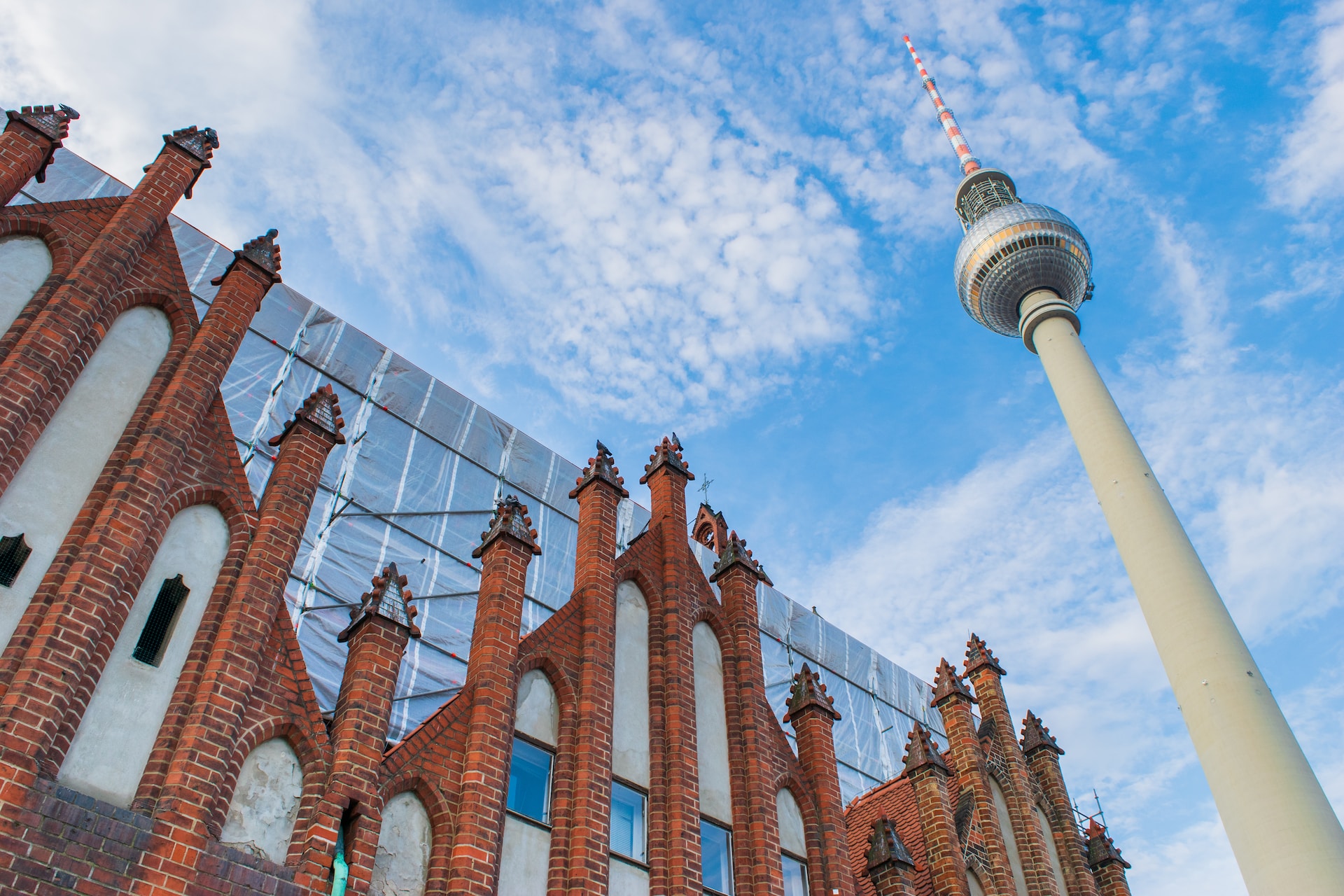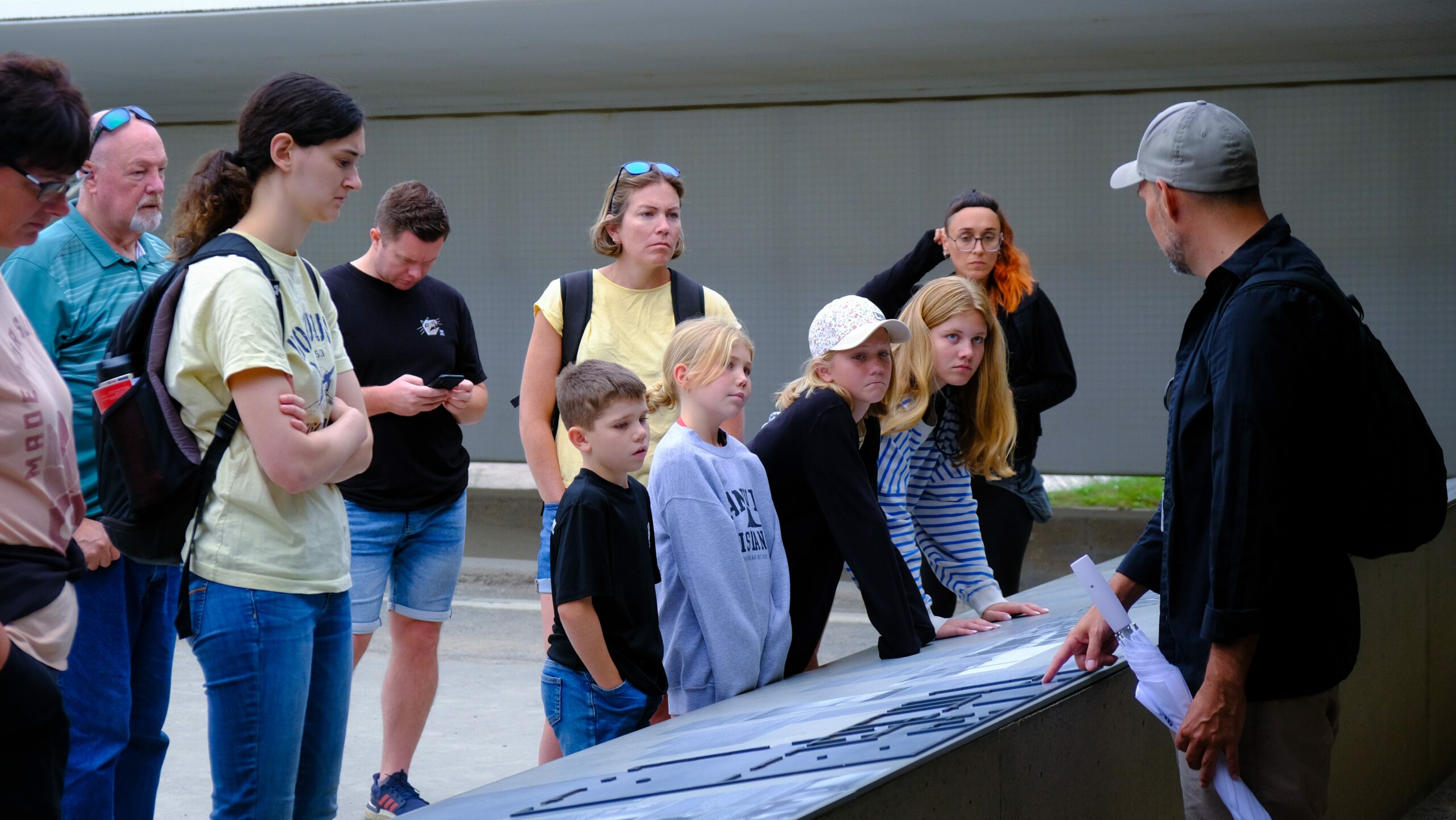People from all over the world admire the historical and architectural magnificence of the Olympic Stadium in Berlin Germany. The Olympic Stadium shows two big sides of its history as both an important sports venue and a marker of political events. This article investigates the story behind the world-famous stadium.
A Brief Background
Berlin created the Olympic Stadium to host Olympic Summer Games in 1936. Under the direction of Werner March the stadium displayed common design features of Nazi era structures through its architectural design. The stadium facility measures 130 hectares and offers space for 74,000 spectators.
Architectural Marvel
The stadium combines old classical design with present-day features. The stadium stands out because its 77-meter bell tower towers above the landscape. The bell tower gives complete views across the whole stadium area while serving to broadcast Olympic events throughout the region at first.
Many classical and Roman building techniques appear throughout the Olympic Stadium including doorways with arched shapes and columned frameworks. The main entrance displays the Marathon Gate which features marble reliefs showing important athletes as Olympic symbols.
A Connection to German History
As well as its outstanding design the stadium stands out as a key part of German historical events. Hitler ordered its construction to demonstrate the superiority of Aryan people worldwide in his efforts to spread Nazi beliefs.
The Nazi-led 1936 Summer Olympics gave Hitler a venue to spread his ideas through the Olympic Stadium. This historic background does not diminish the stadium’s major importance.
Legacy and Transformation
The stadium received multiple changes when World War II stopped and different military groups took control of it. War inflicted heavy damage on the facility but constant work aims to return its historic value.
Today the Olympic Stadium mainly hosts national and international football games when German national team teams play matches. People who visit can walk around the sports and leisure spaces in the Olympic Park that surround the stadium.
Visiting the Olympic Stadium
- A trip to Berlin needs to include the Olympic Stadium on your list of destinations. The following steps will guide you through your visit better.
- Professional guides reveal the complete history and construction details of the stadium during tours. Professional guides at the stadium tell memorable stories to create better appreciation of the building.
- After stadium visits explore the Olympic Park area and rent boats to row on Olympiasee while enjoying free activities such as picnics.
- The Olympic Stadium presents an exhibition about its past through displays that recreate the mood of the 1936 Games in Berlin. The touch screen screen helps us discover history and it brings out deep emotional feelings.
In Conclusion
The Olympic Stadium in Berlin, Germany, stands as a testament to both architectural brilliance and a dark period in history. The architects built the stadium for political reasons though its historic value remains strong today. The stadium now works as a memorial of 1936 Olympic history and helps people understand sports and architectural influence on society. Include the Olympic Stadium in your Berlin sightseeing destinations.
Table of Contents




